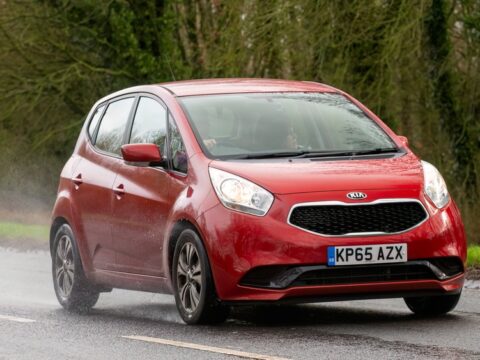The Toyota Prius is renowned for its hybrid technology and fuel efficiency, setting a standard in the automotive industry. Introduced in 1997, it was the world’s first mass-produced hybrid car, combining a gasoline engine with an electric motor. The Prius features regenerative braking, which recaptures energy during braking to recharge the battery. Its aerodynamic design reduces drag, enhancing efficiency. Over the years, the Prius has evolved with advancements in battery technology, driving modes, and eco-friendly materials, making it a symbol of sustainable automotive innovation. Here are some intriguing details about the Toyota Prius.
Contents
First Mass-Produced Hybrid Car
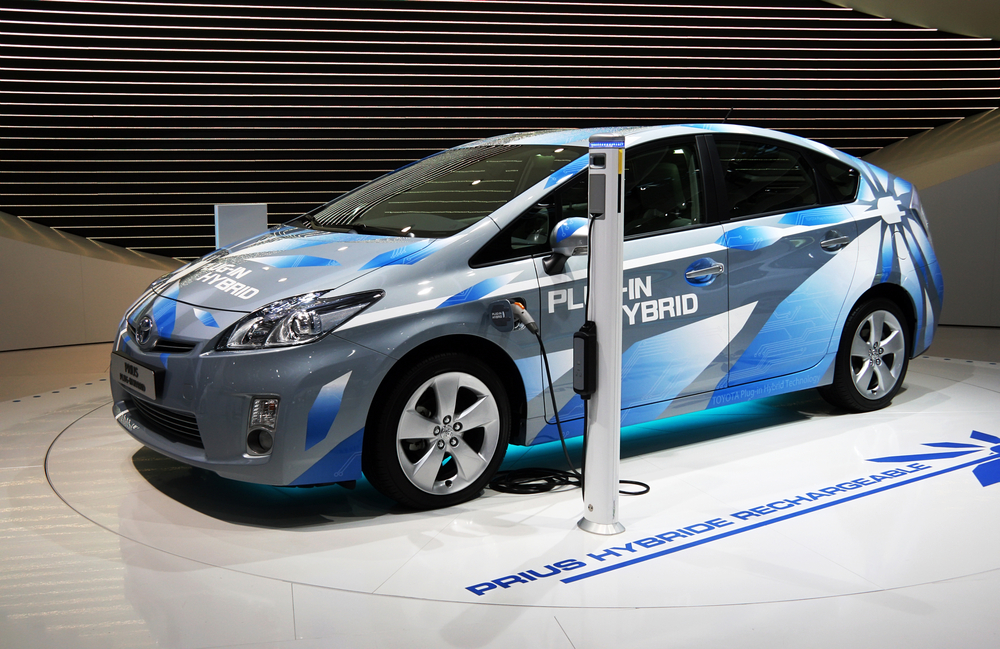
The Toyota Prius, introduced in 1997, holds the distinction of being the world’s first mass-produced hybrid car. This groundbreaking vehicle combined a gasoline engine with an electric motor, setting a new standard for fuel efficiency and environmental friendliness. The first-generation Prius featured a 1.5-liter inline-four engine paired with an electric motor, producing a combined 97 horsepower. This innovative powertrain allowed the Prius to achieve remarkable fuel economy, significantly reducing emissions compared to traditional gasoline-powered cars. The success of the Prius paved the way for the widespread adoption of hybrid technology in the automotive industry.
Highly Aerodynamic Design
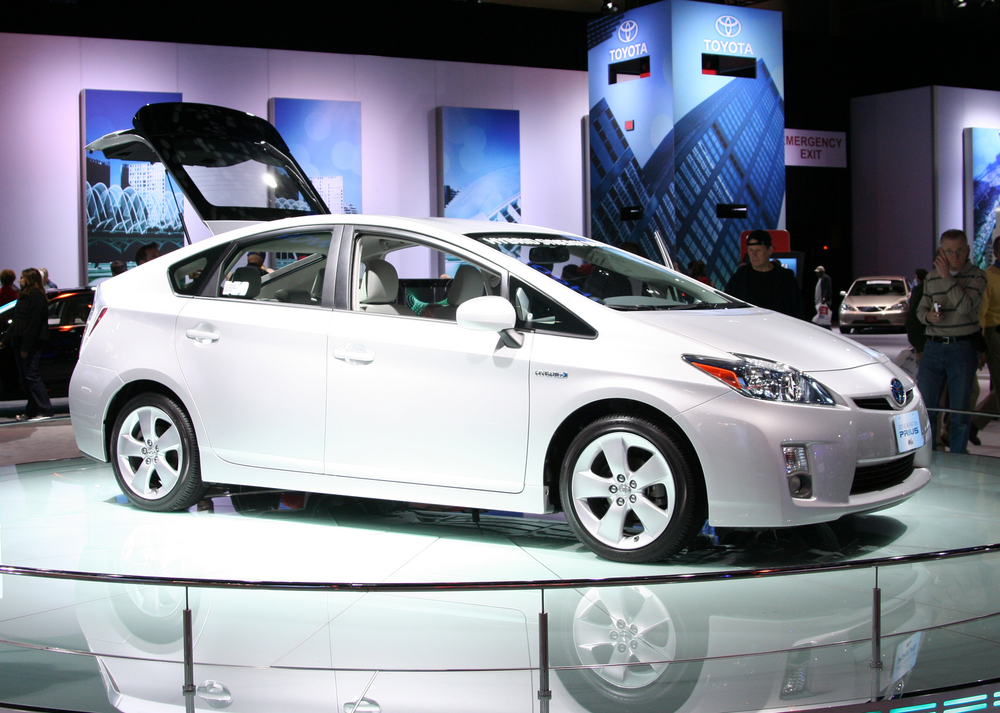
The Toyota Prius is renowned for its aerodynamic design, which plays a crucial role in its fuel efficiency. The third-generation Prius, introduced in 2009, boasts a drag coefficient (Cd) of just 0.25, one of the lowest in the industry. This sleek design reduces air resistance, allowing the vehicle to cut through the air more efficiently and consume less fuel. Key aerodynamic features include a sharply sloped roofline, flush door handles, and an underbody designed to minimize turbulence. The attention to aerodynamics is a significant factor in the Prius’s impressive fuel economy.
Regenerative Braking System

One of the most innovative features of the Toyota Prius is its regenerative braking system. This technology captures kinetic energy during braking and converts it into electrical energy, which is then stored in the vehicle’s battery. Regenerative braking not only improves fuel efficiency but also reduces wear on the brake pads, leading to lower maintenance costs. By harnessing energy that would otherwise be lost, the Prius maximizes the efficiency of its hybrid powertrain, contributing to its reputation as a highly eco-friendly vehicle.
Continuously Variable Transmission (CVT)
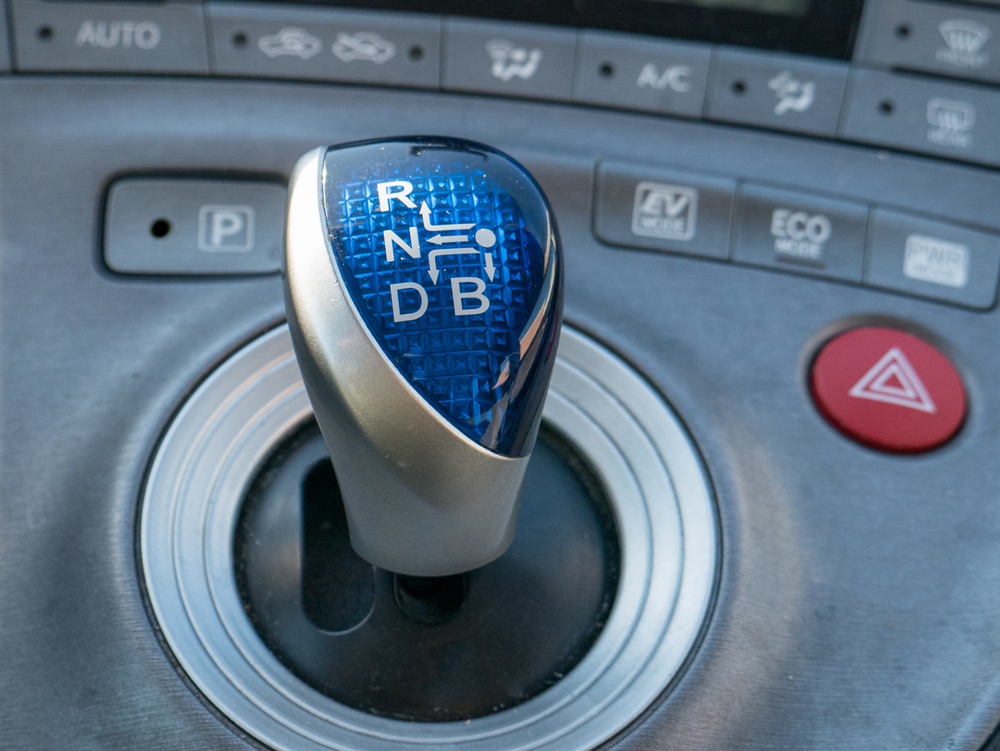
The Toyota Prius uses a Continuously Variable Transmission (CVT), which provides seamless and efficient power delivery. Unlike traditional automatic transmissions with fixed gear ratios, a CVT can change the gear ratio continuously, allowing the engine to operate at its most efficient RPM. This contributes to the smooth driving experience and superior fuel economy of the Prius. The CVT’s ability to maintain optimal engine performance under various driving conditions is a key factor in the Prius’s efficiency and drivability.
Atkinson Cycle Engine

The Toyota Prius features an Atkinson cycle engine, which differs from the traditional Otto cycle engine used in most cars. The Atkinson cycle engine has a longer expansion stroke and a shorter compression stroke, improving thermal efficiency and reducing fuel consumption. This engine design is particularly well-suited for hybrid vehicles, as it operates efficiently at lower speeds and complements the electric motor. The combination of the Atkinson cycle engine and electric motor allows the Prius to achieve excellent fuel economy and lower emissions.
Hybrid Synergy Drive
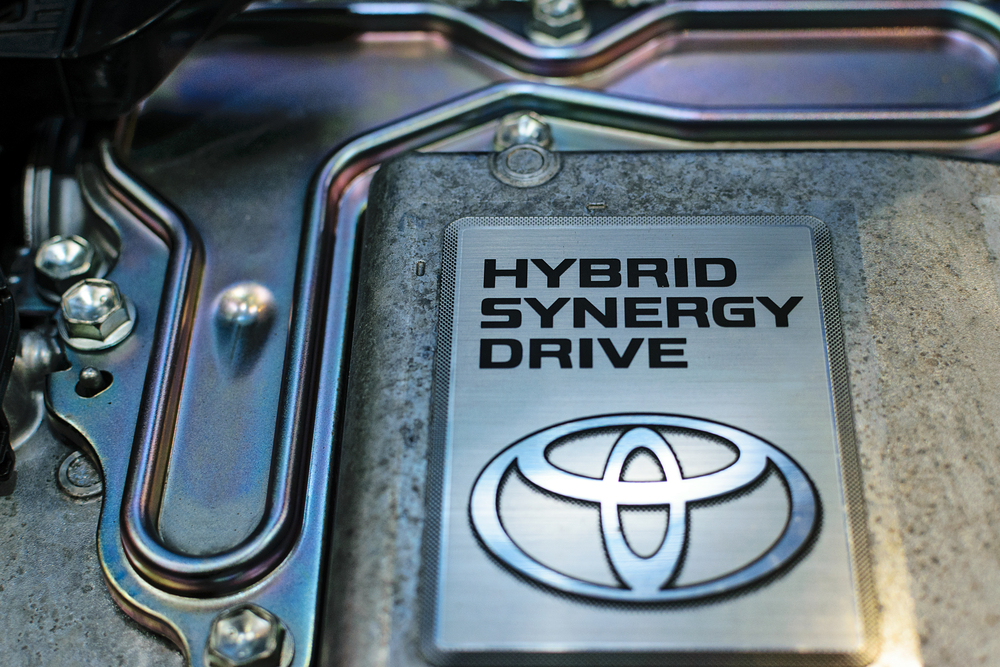
Toyota’s Hybrid Synergy Drive (HSD) system is the heart of the Prius’s hybrid technology. This system seamlessly integrates the gasoline engine and electric motor, allowing them to work together or independently, depending on driving conditions. The HSD system optimizes power delivery and fuel efficiency by intelligently switching between or combining the power sources. This results in a smooth and responsive driving experience, with significant fuel savings and reduced emissions. The advanced control software of the HSD system ensures that the Prius operates at peak efficiency in various driving scenarios.
Iconic Hatchback Design
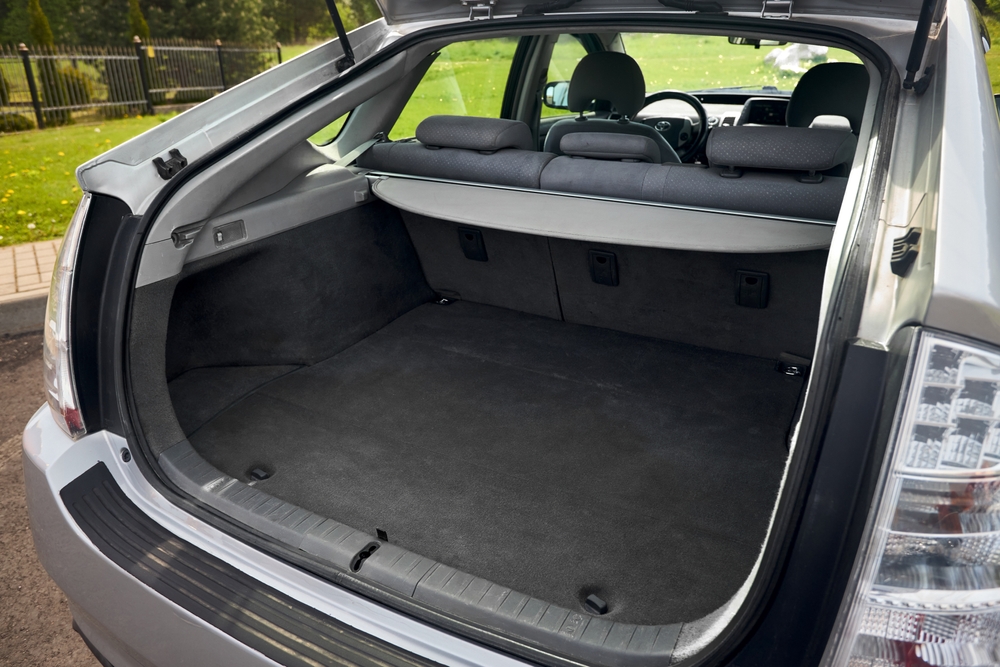
The Toyota Prius is known for its distinctive hatchback design, which combines functionality and aesthetics. The hatchback configuration provides a spacious and versatile cargo area, making the Prius practical for a wide range of uses, from daily commuting to road trips. The rear seats can be folded down to create a flat loading floor, further enhancing the vehicle’s cargo capacity. The Prius’s design not only contributes to its aerodynamic efficiency but also makes it a highly practical and versatile choice for drivers.
Low Emissions Vehicle
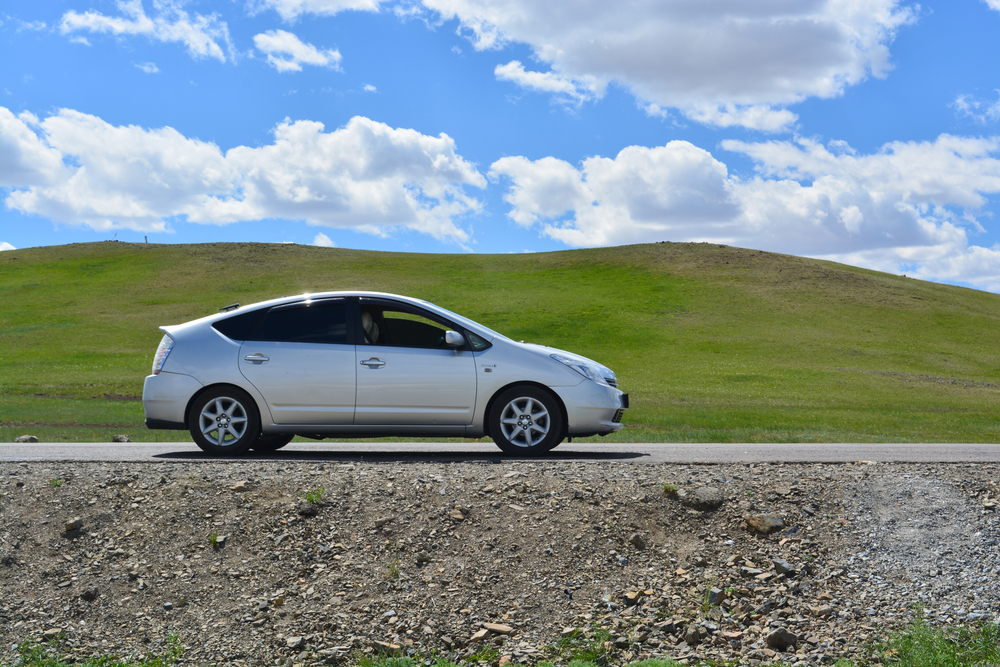
The Toyota Prius is classified as a Super Ultra Low Emissions Vehicle (SULEV) in many regions, highlighting its environmental benefits. The hybrid powertrain significantly reduces emissions of harmful pollutants such as nitrogen oxides (NOx) and hydrocarbons (HC), compared to conventional gasoline-powered vehicles. This makes the Prius an attractive option for environmentally conscious consumers and contributes to cleaner air quality in urban areas. The Prius’s low emissions profile is a testament to Toyota’s commitment to sustainable mobility.
Eco Mode and EV Mode
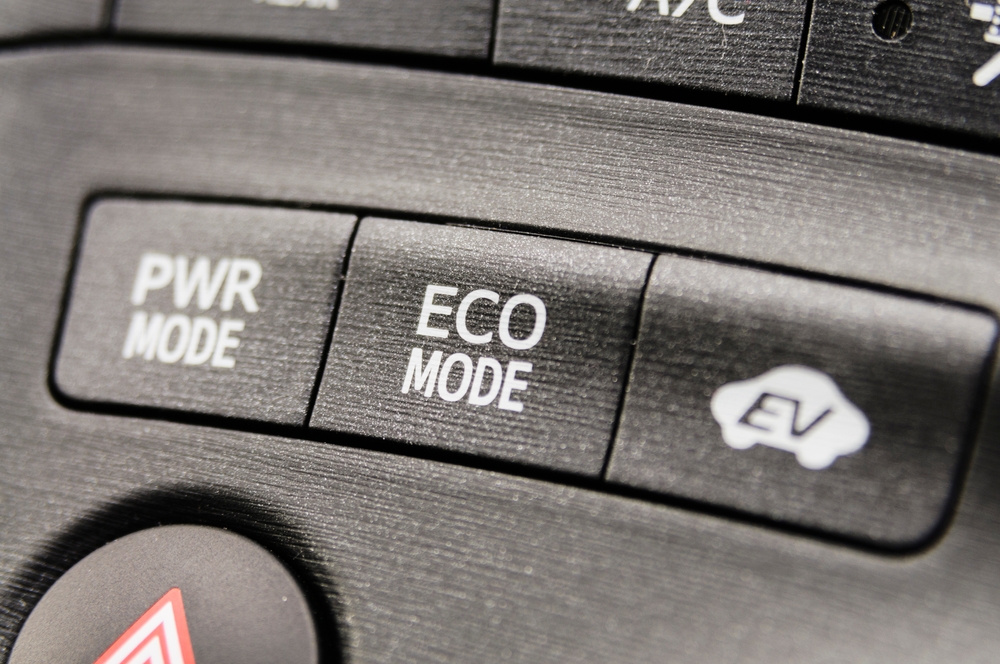
The Toyota Prius offers multiple driving modes to optimize performance and efficiency, including Eco Mode and EV Mode. Eco Mode adjusts the throttle response and climate control settings to maximize fuel economy, making it ideal for everyday driving. EV Mode allows the Prius to operate solely on electric power for short distances, further reducing fuel consumption and emissions. These modes give drivers the flexibility to choose the most efficient driving style for different situations, enhancing the overall efficiency and versatility of the Prius.
Exceptional Fuel Economy

One of the most notable features of the Toyota Prius is its exceptional fuel economy. The latest generation of the Prius achieves an EPA-estimated 58 mpg in the city and 53 mpg on the highway. This outstanding fuel efficiency is a result of the vehicle’s advanced hybrid technology, aerodynamic design, and efficient powertrain. The Prius’s ability to deliver such high fuel economy makes it a popular choice for drivers looking to reduce their fuel costs and environmental footprint.
Advanced Safety Features
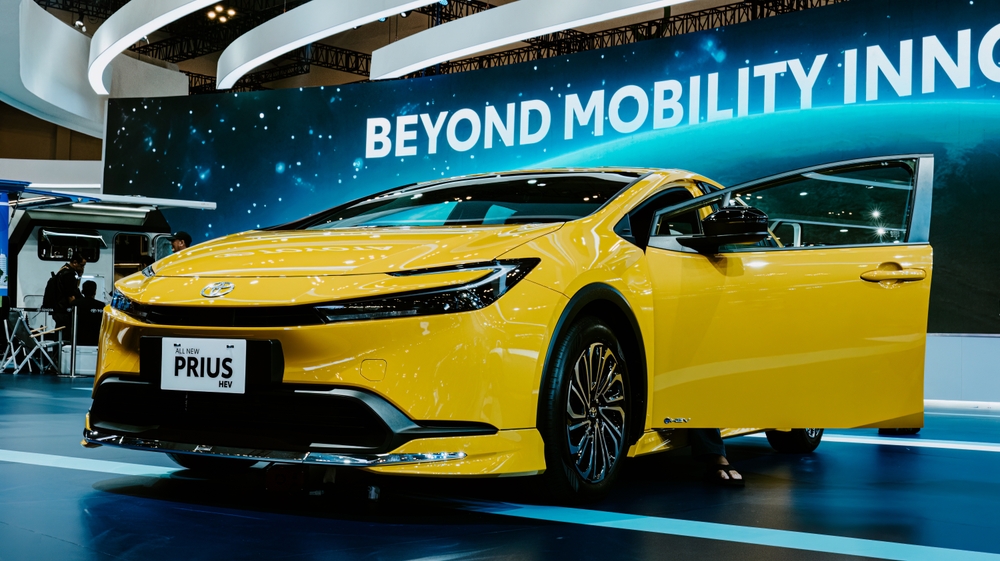
The Toyota Prius is equipped with a comprehensive suite of advanced safety features, making it one of the safest vehicles in its class. Standard safety features include Toyota Safety Sense P (TSS-P), which encompasses pre-collision systems with pedestrian detection, lane departure alert with steering assist, dynamic radar cruise control, and automatic high beams. These features enhance driver awareness and help prevent accidents, contributing to the Prius’s high safety ratings. The Prius’s commitment to safety is evident in its design and technology, providing peace of mind for drivers and passengers.
High-Quality Interior Materials
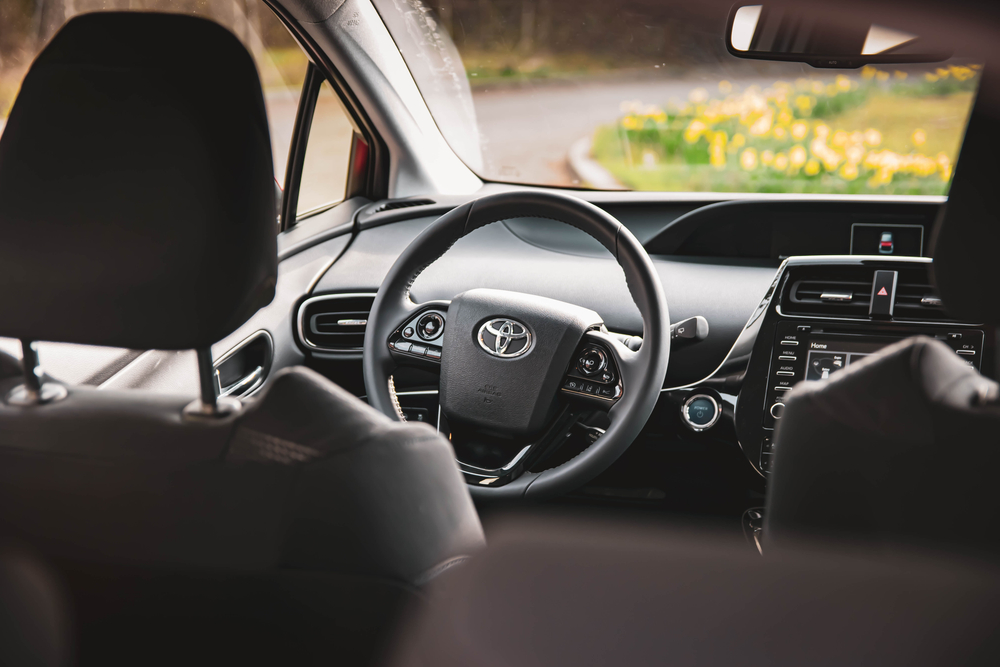
The interior of the Toyota Prius is designed with high-quality materials and attention to detail, providing a comfortable and refined driving experience. Soft-touch surfaces, premium upholstery, and ergonomic controls create an inviting cabin environment. The use of eco-friendly materials, such as plant-derived plastics, aligns with the Prius’s commitment to sustainability. The interior design focuses on functionality and comfort, making the Prius a pleasant place to spend time on the road.
Advanced Infotainment System
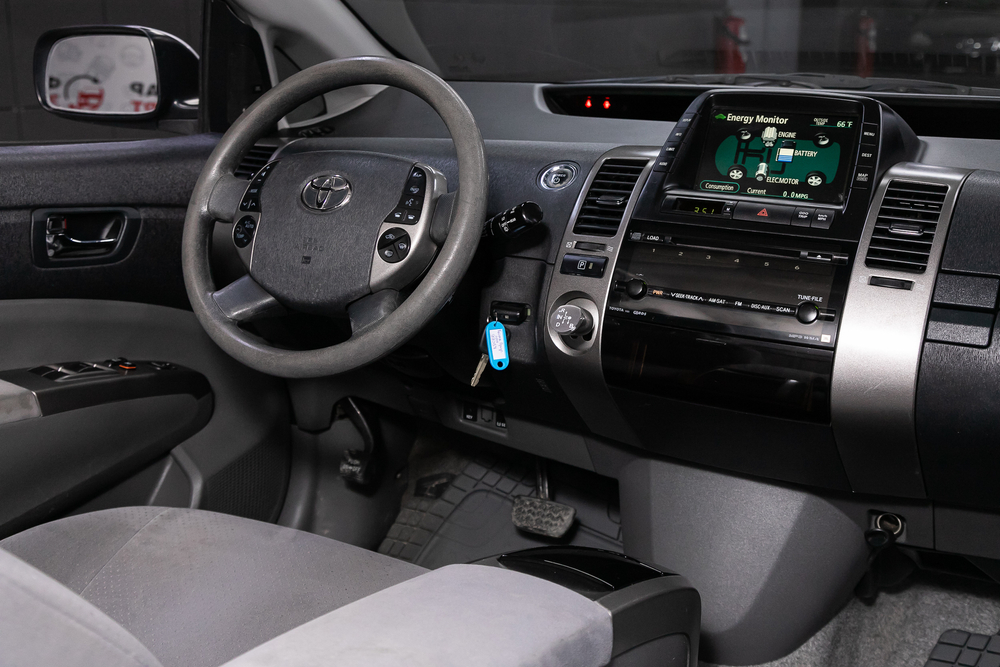
The Toyota Prius features an advanced infotainment system that keeps drivers connected and entertained. The system includes a high-resolution touchscreen display, Bluetooth connectivity, Apple CarPlay, Android Auto, and a premium audio system. These features allow drivers to access navigation, music, phone calls, and other essential functions seamlessly. The intuitive interface and responsive controls make the infotainment system easy to use, enhancing the overall driving experience.
High-Resale Value

The Toyota Prius is known for its high resale value, making it a smart investment for buyers. Its reputation for reliability, fuel efficiency, and low maintenance costs contribute to its strong resale performance. The Prius’s popularity in the used car market ensures that owners can expect a good return on investment when it comes time to sell or trade-in their vehicle. This high resale value is a testament to the Prius’s enduring appeal and quality.
Long Battery Life
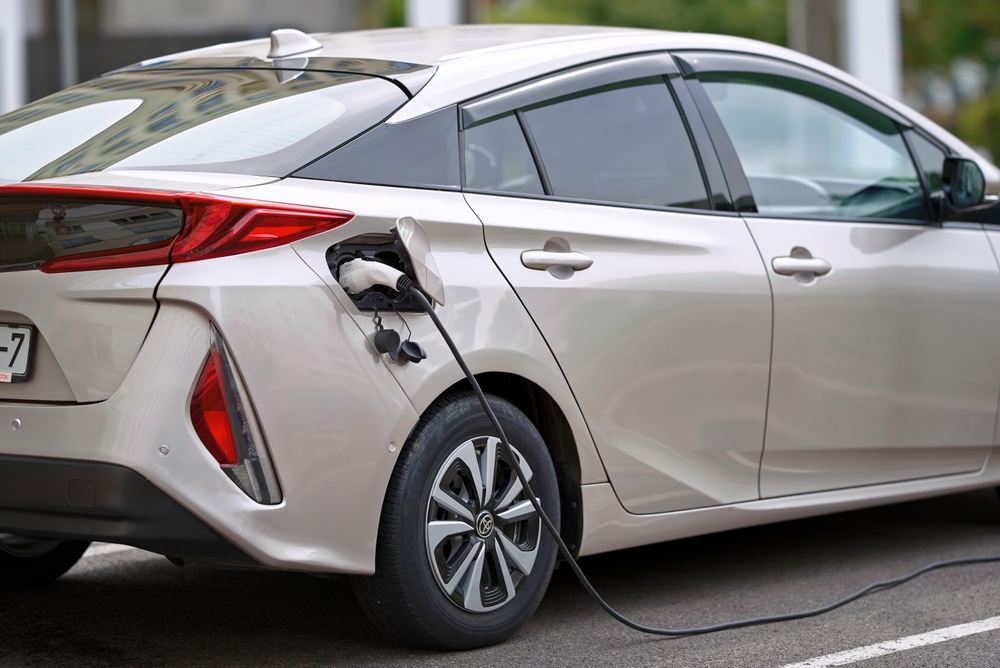
The Toyota Prius’s hybrid battery is designed to last the life of the vehicle, providing long-term reliability and peace of mind for owners. The battery is backed by an extensive warranty, typically covering 8 years or 100,000 miles, depending on the region. Advances in battery technology and thermal management systems ensure that the Prius’s battery remains efficient and durable over time. The long battery life reduces the need for costly replacements and contributes to the overall cost-effectiveness of owning a Prius.
Low Maintenance Costs
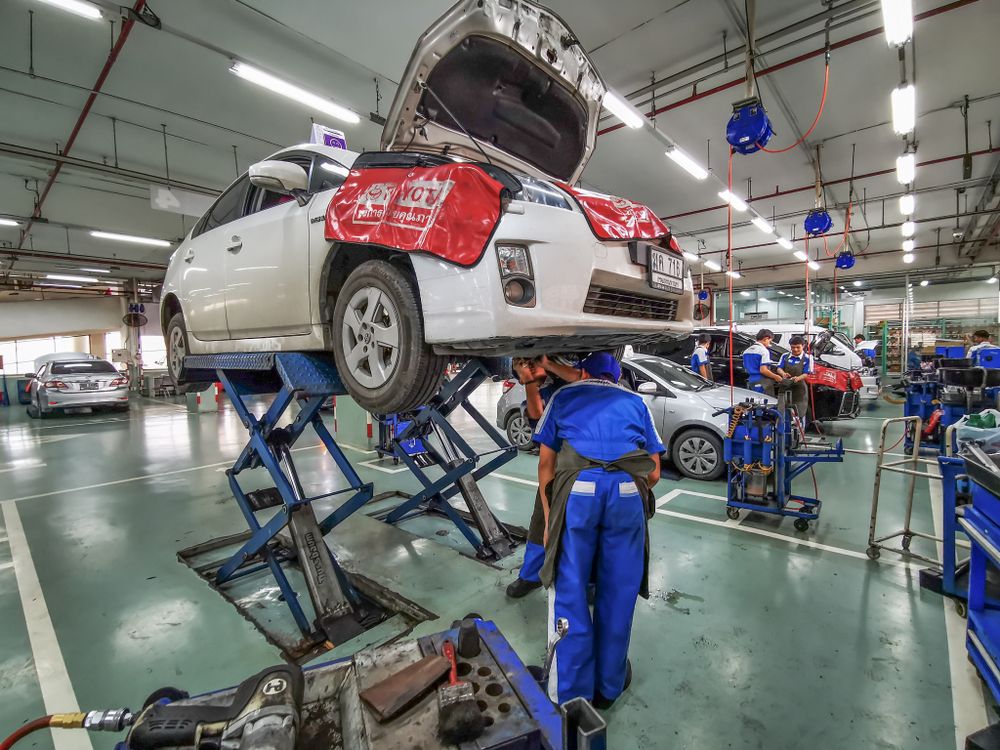
The Toyota Prius is known for its low maintenance costs, making it an economical choice for long-term ownership. The hybrid powertrain reduces wear on the engine and braking system, leading to fewer repairs and lower maintenance expenses. Additionally, the Prius’s reputation for reliability means that owners can expect fewer unexpected repairs. Regular maintenance tasks, such as oil changes and brake pad replacements, are typically less frequent compared to traditional gasoline-powered vehicles, further reducing maintenance costs.
Strong Environmental Credentials
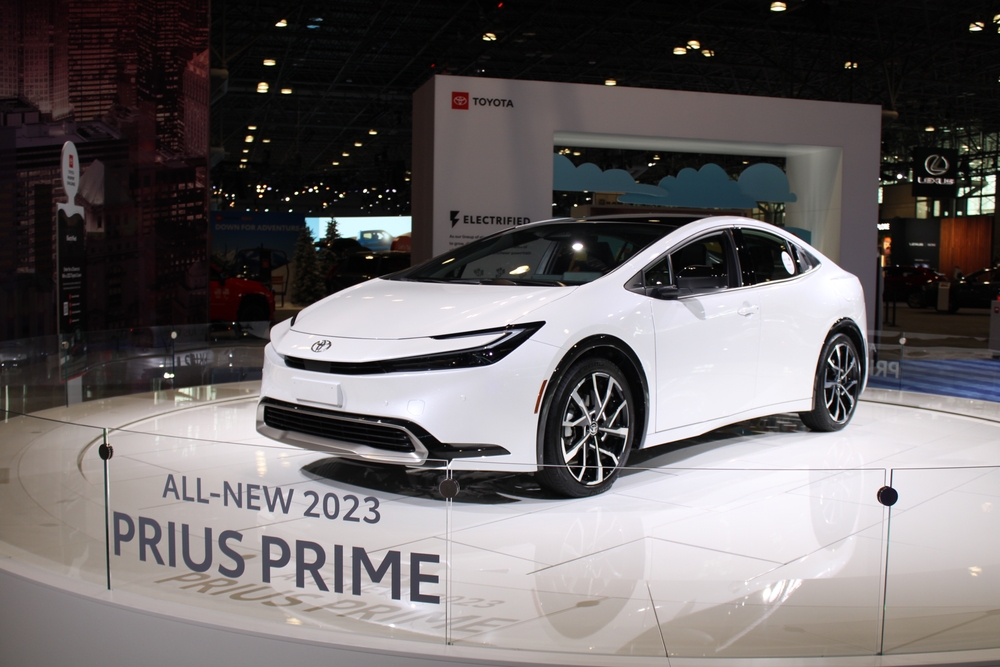
The Toyota Prius has earned numerous awards and certifications for its environmental performance. It has been recognized by the U.S. Environmental Protection Agency (EPA) as one of the cleanest vehicles available and has received top ratings from organizations such as the California Air Resources Board (CARB). The Prius’s strong environmental credentials make it a preferred choice for eco-conscious consumers and reinforce Toyota’s commitment to sustainability.
Global Popularity
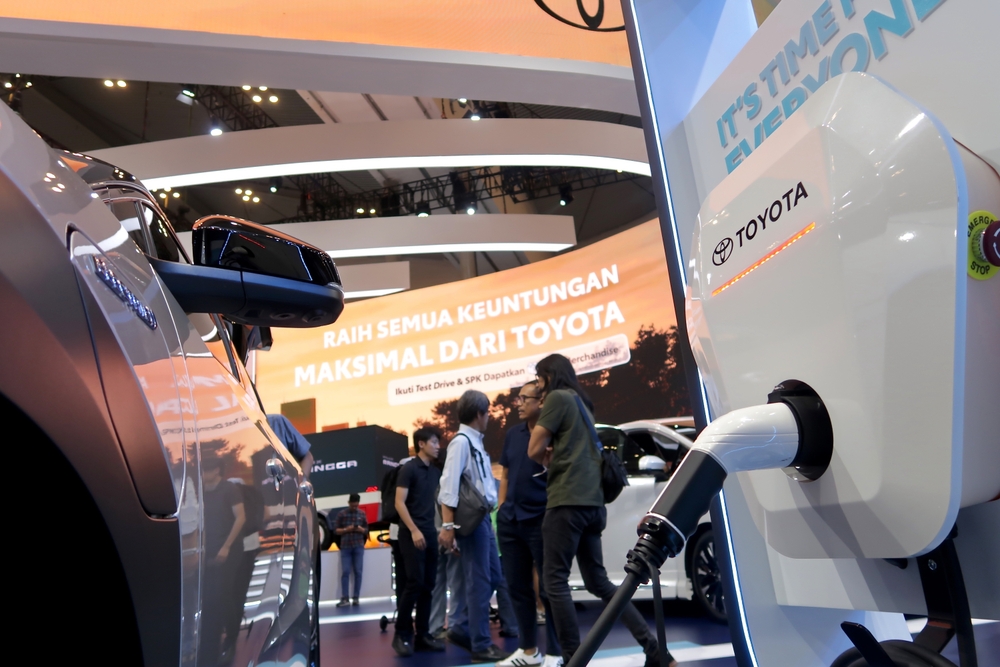
The Toyota Prius is a global success story, with millions of units sold worldwide. Its popularity spans across continents, from North America to Europe and Asia. The Prius’s universal appeal is a result of its fuel efficiency, reliability, and environmental benefits. It has become a symbol of eco-friendly driving and has inspired other automakers to develop their own hybrid and electric vehicles. The Prius’s global impact is a testament to its innovative design and enduring appeal.
Continuous Innovation

Toyota has continuously innovated and improved the Prius since its introduction. Each new generation of the Prius brings advancements in technology, performance, and design. For example, the latest generation features improvements in battery technology, aerodynamics, and hybrid system efficiency. This commitment to innovation ensures that the Prius remains at the forefront of hybrid technology and continues to set the standard for fuel-efficient vehicles.
Versatile Model Lineup
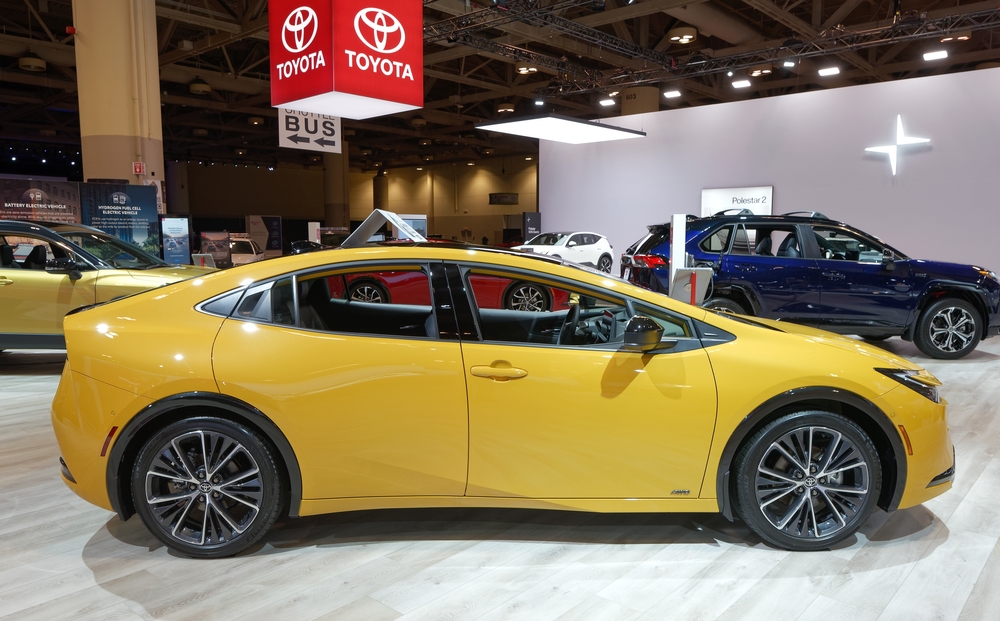
The Toyota Prius lineup includes several models to suit different needs and preferences. In addition to the standard Prius, there is the Prius Prime, a plug-in hybrid with an extended electric-only range, and the Prius AWD-e, which offers all-wheel drive for enhanced traction in various driving conditions. This versatility allows consumers to choose the Prius model that best fits their lifestyle and driving needs. The diverse lineup demonstrates Toyota’s commitment to providing eco-friendly options for a wide range of drivers.
This article originally appeared in MyCarMakesNoise.
More from MyCarMakesNoise
25 Japanese Cars Built to Last Over 500,000 Miles

When it comes to longevity and reliability, Japanese cars have built a reputation that’s hard to beat. In this article, we explore 25 Japanese cars renowned for their impressive ability to exceed 500,000 miles. Read More.
15 Major Car Redesigns That Missed the Mark

In the world of automobiles, a redesign can make or break a car’s legacy. While some updates bring innovation and improvement, others can unfortunately miss the mark entirely. Read More.
20 Drawbacks of Classic Car Ownership You Should Know

Owning a classic car can be a dream come true for many enthusiasts, but it also comes with its own set of challenges. Beyond the charm and nostalgia, there are several disadvantages that prospective owners might not initially consider. Read More.



